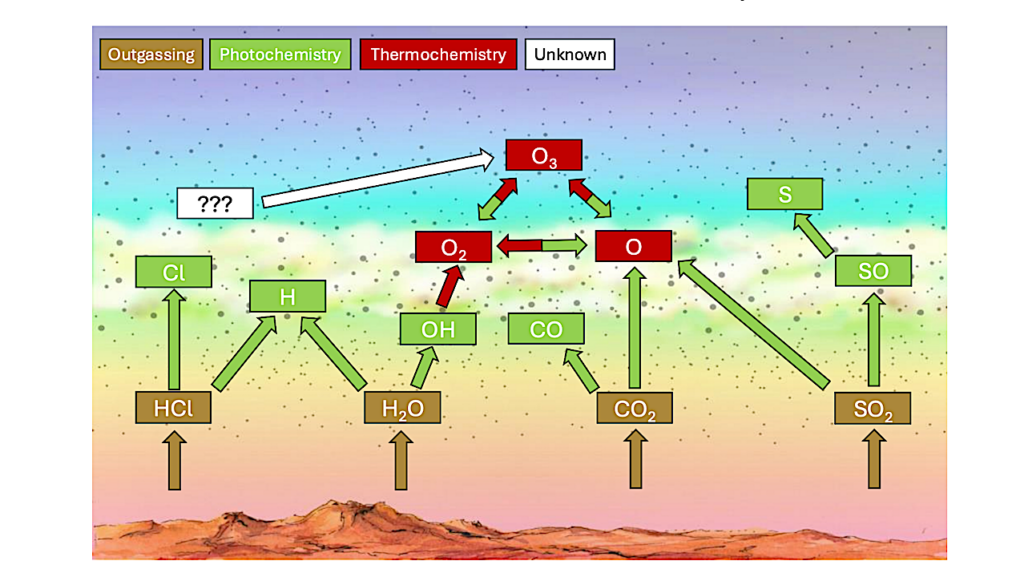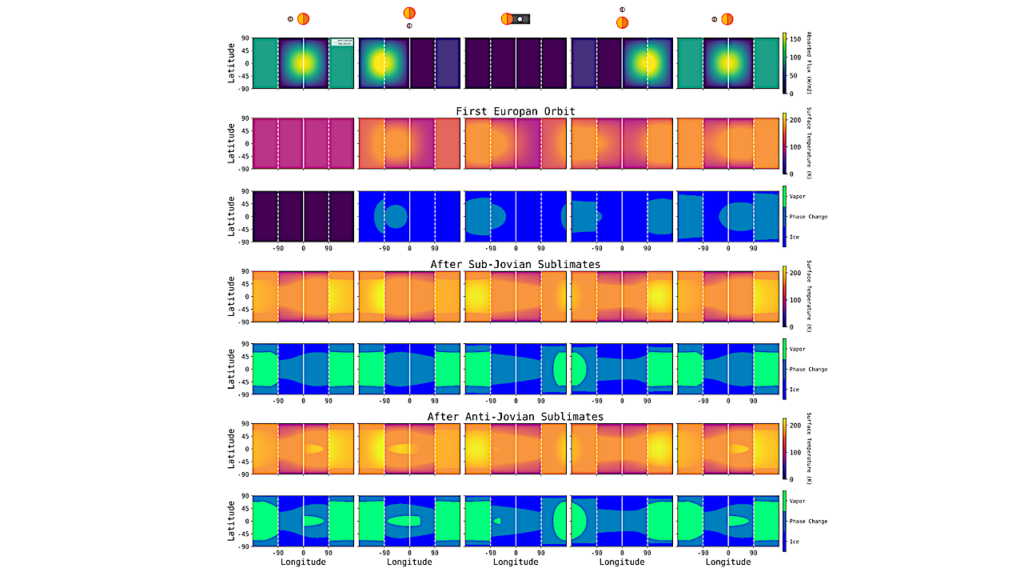Formation, Habitability, and Detection of Extrasolar Moons

The diversity and quantity of moons in the Solar System suggest a manifold population of natural satellites exist around extrasolar planets.
Of peculiar interest from an astrobiological perspective, the number of sizable moons in the stellar habitable zones may outnumber planets in these circumstellar regions. With technological and theoretical methods now allowing for the detection of sub-Earth-sized extrasolar planets, the first detection of an extrasolar moon appears feasible. In this review, we summarize formation channels of massive exomoons that are potentially detectable with current or near-future instruments.
We discuss the orbital effects that govern exomoon evolution, we present a framework to characterize an exomoon’s stellar plus planetary illumination as well as its tidal heating, and we address the techniques that have been proposed to search for exomoons. Most notably, we show that natural satellites in the range of 0.1 – 0.5 Earth mass (i) are potentially habitable, (ii) can form within the circumplanetary debris and gas disk or via capture from a binary, and (iii) are detectable with current technology.
René Heller (1), Darren Williams (2), David Kipping (3), Mary Anne Limbach (4,5), Edwin Turner (4,6), Richard Greenberg (7), Takanori Sasaki (8), Émeline Bolmont (9,10), Olivier Grasset (11), Karen Lewis (12), Rory Barnes (13,14), Jorge I. Zuluaga (15) ((1) Origins Inst., McMaster Univ., Hamilton (CAN), (2) Behrend College School of Science, Penn State Erie (USA), (3) Harvard-Smithsonian CfA, Cambridge (USA), (4) Dept. of Astrophysical Sciences, Princeton Univ., Princeton (USA), (5) Dept. of Mechanical and Aerospace Engineering, Princeton Univ., Princeton (USA), (6) Kavli Inst. for the Physics and Mathematics of the Universe, Univ. of Tokyo, Kashiwa (JPN), (7) Lunar and Planetary Laboratory, Univ. of Arizona, Tucson (USA), (8) Dept. of Astronomy, Kyoto Univ., Kyoto (JPN), (9) Univ. de Bordeaux, Floirac (FRA), (10) CNRS, Floirac, (FRA), (11) Planetology and Geodynamics, Univ. of Nantes, CNRS, Nantes (FRA), (12) Earth and Planetary Sciences, Tokyo Inst. of Technology, Tokyo (JPN), (13) Astronomy Dept., Univ. of Washington, Seattle (USA), (14) NASA Astrobiology Inst., Virtual Planetary Laboratory Lead Team (USA), (15) FACom, Instituto de Física, FCEN, Univ. de Antioquia, Medellín (COL)) (Submitted on 26 Aug 2014)
Comments: Invited review, 17 figures (14 of which are colored), 1 Table, Astrobiology cover story (Sept. issue)
Subjects: Earth and Planetary Astrophysics (astro-ph.EP)
Journal reference: Astrobiology, 2014, Volume 14, Issue 9 DOI: 10.1089/ast.2014.1147
Cite as: arXiv:1408.6164 [astro-ph.EP] (or arXiv:1408.6164v1 [astro-ph.EP] for this version) Submission history From: René Heller [v1] Tue, 26 Aug 2014 15:45:06 GMT (4568kb)








